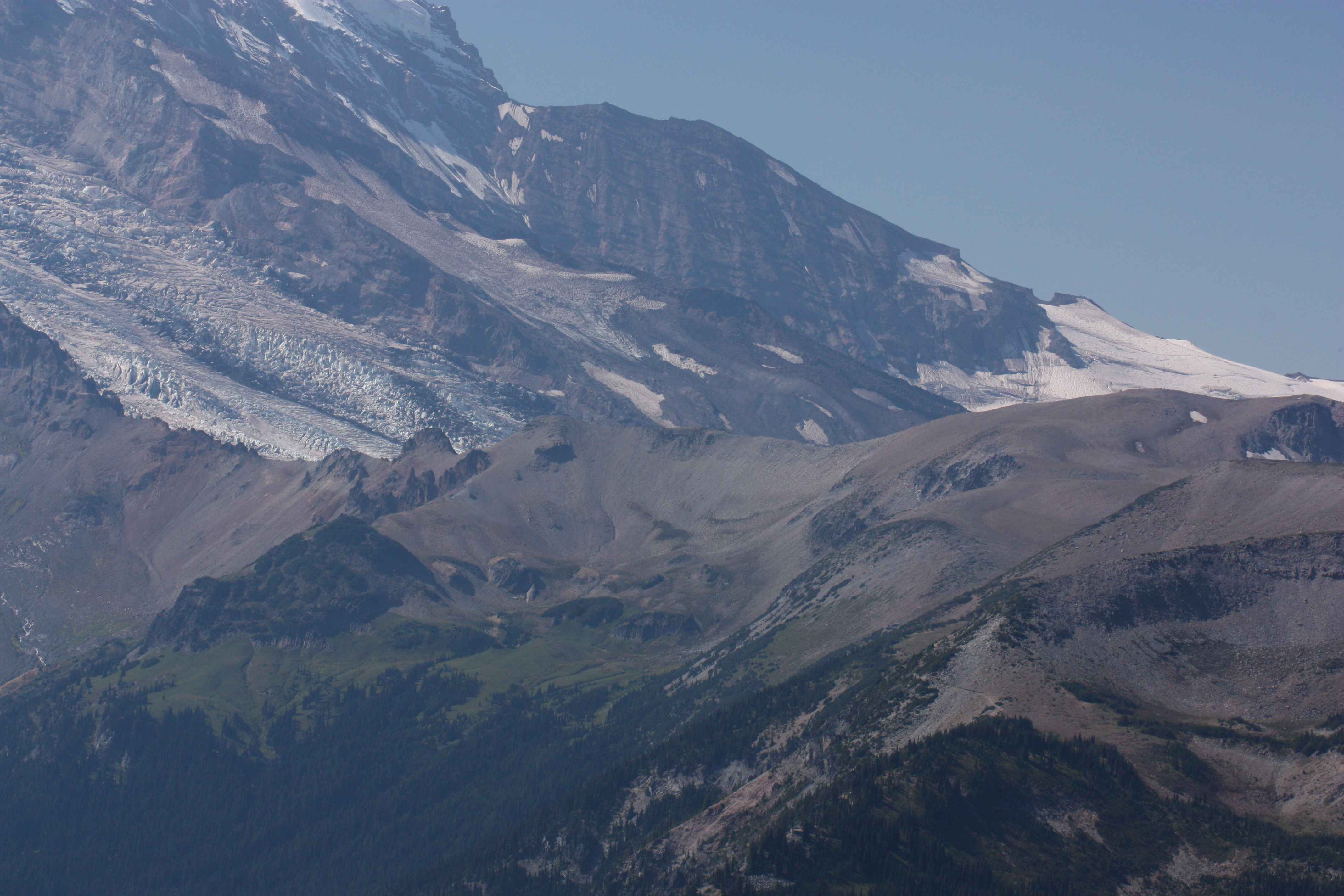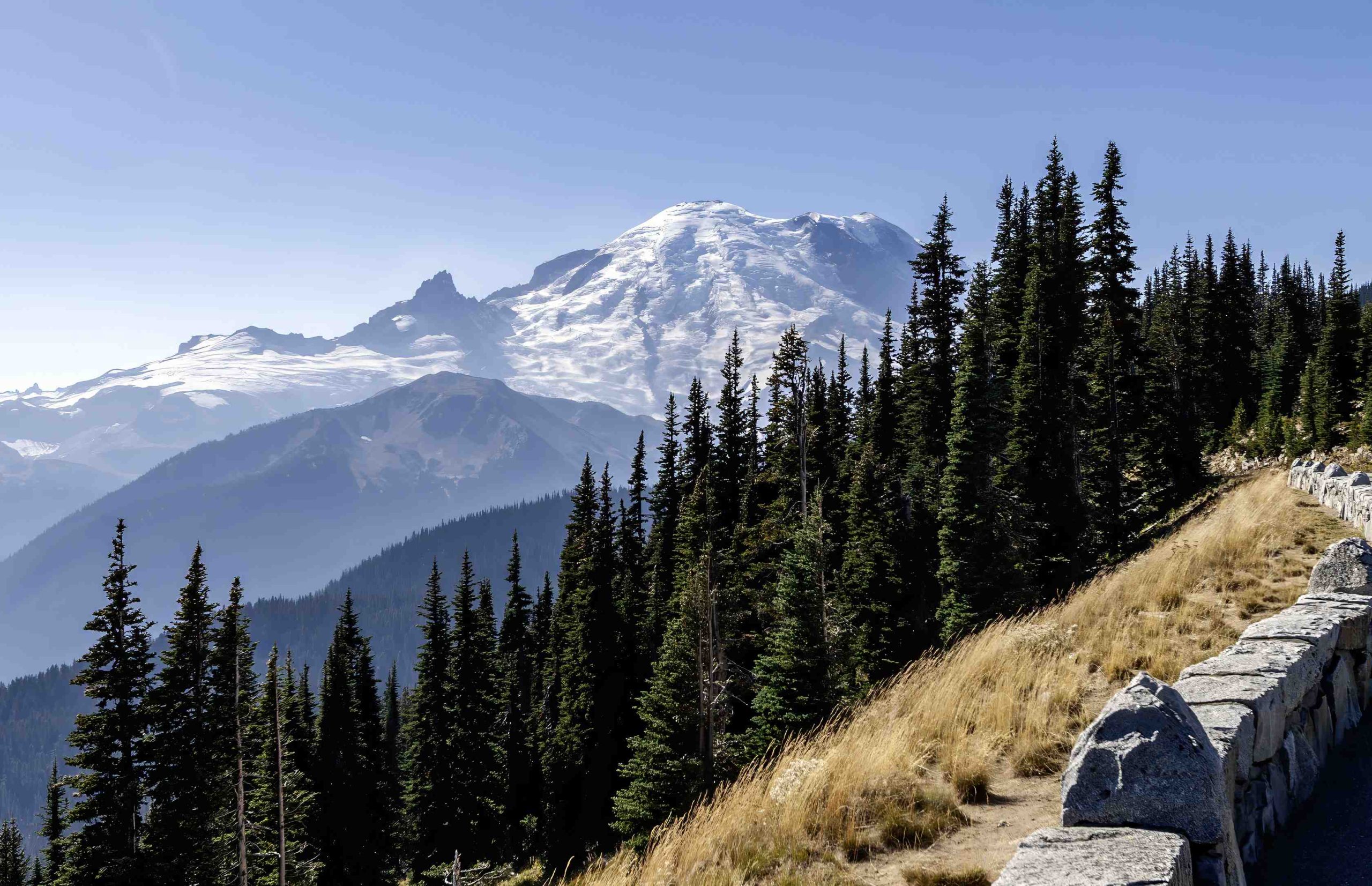Mount Rainier’s journey to national park status was a complex process involving exploration, lobbying, and legislative action. From its early discovery by European settlers to its official designation in 1899, the mountain’s unique features and growing popularity played crucial roles. This article explores the historical path that led to Mount Rainier becoming America’s fifth national park.
What Were the Early Stages of Mount Rainier’s Discovery?

Mount Rainier’s path to becoming a national park began with its discovery and early exploration:
- 1792: Captain George Vancouver first observed and named the mountain after Rear Admiral Peter Rainier.
- Mid-19th century: European and American visitors, including mountaineers and scientists, started exploring the area.
- 1870: P.B. Van Trump and General Hazard Stevens made the first recorded climb of the mountain.
This early interest laid the foundation for future conservation efforts.
How Did Tourism Contribute to Mount Rainier’s Protection?

Tourism played a significant role in raising awareness and interest in protecting Mount Rainier:
- 1883: James Longmire discovered mineral springs while descending from the summit.
- Longmire developed these springs into a resort, attracting tourists and climbers.
- 1888: John Muir visited the area, further increasing its profile.
The growing popularity of the area among tourists and nature enthusiasts helped fuel interest in its preservation.
What Was the First Step Towards Official Protection?
The first official step towards protecting Mount Rainier came with the Forest Reserve Act:
- 1891: Congress passed the Forest Reserve Act.
- 1893: The Pacific Forest Reserve was created, covering a 35-mile square area with Mount Rainier’s summit on its western edge.
However, this designation did not fully protect the area from logging and mining, prompting further action.
Who Were the Key Players in Lobbying for National Park Status?
The campaign for national park status involved various stakeholders:
- Scientists
- Mountaineers
- Conservation groups
- Local businesses
- Railroad companies
Key figures in this effort included:
- Bailey Willis
- John Muir
These groups and individuals emphasized Mount Rainier’s unique glacial landscape and tourism potential.
What Challenges Did the Legislative Process Face?
The path to legislative approval was not without obstacles:
- Border disputes
- Inclusion of mining interests
- Concerns about financial burden on the government
- Land acquisition issues
| Challenge | Solution |
|---|---|
| Mining interests | Initial allowance for mining within park borders |
| Land ownership | Land swap with Northern Pacific Railway |
| Financial concerns | Informal promise not to request development funds |
How Was the Land for the Park Acquired?
Land acquisition was a significant challenge in establishing Mount Rainier National Park:
- Northern Pacific Railway owned about 450,000 acres in the area.
- Congress allowed the company to swap its holdings for more valuable federal timberlands elsewhere.
- This compromise helped overcome a major obstacle in the park’s creation.
When and How Was Mount Rainier National Park Officially Established?
The official establishment of Mount Rainier National Park occurred as follows:
- March 2, 1899: President William McKinley signed the legislation.
- Mount Rainier became the nation’s fifth national park.
- The park was created from lands already set aside as forest reserves.
This establishment set a precedent for future national parks.
What Developments Followed the Park’s Establishment?
After its designation, Mount Rainier National Park saw rapid development:
- Roads were constructed to improve accessibility.
- 1907: Mount Rainier became the first national park to allow personal vehicles and collect entrance fees.
- 1911: The road to Paradise Park was completed, further increasing visitor access.
These developments helped solidify Mount Rainier’s status as a premier national park.
How Did Mount Rainier’s Designation Impact Future National Parks?
The establishment of Mount Rainier National Park had far-reaching effects:
- It marked a shift in the national park concept, differentiating it from national forests.
- Emphasized federal ownership and preservation of unique scenic and scientific values.
- Set a precedent for future national park designations.
Mount Rainier’s journey to national park status demonstrates the complex interplay of public interest, scientific value, and legislative action in preserving America’s natural wonders.
References:
1. https://www.nps.gov/mora/learn/historyculture/mount-rainier-history.htm
2. https://www.historylink.org/file/21111
3. https://www.loc.gov/item/today-in-history/march-02/

